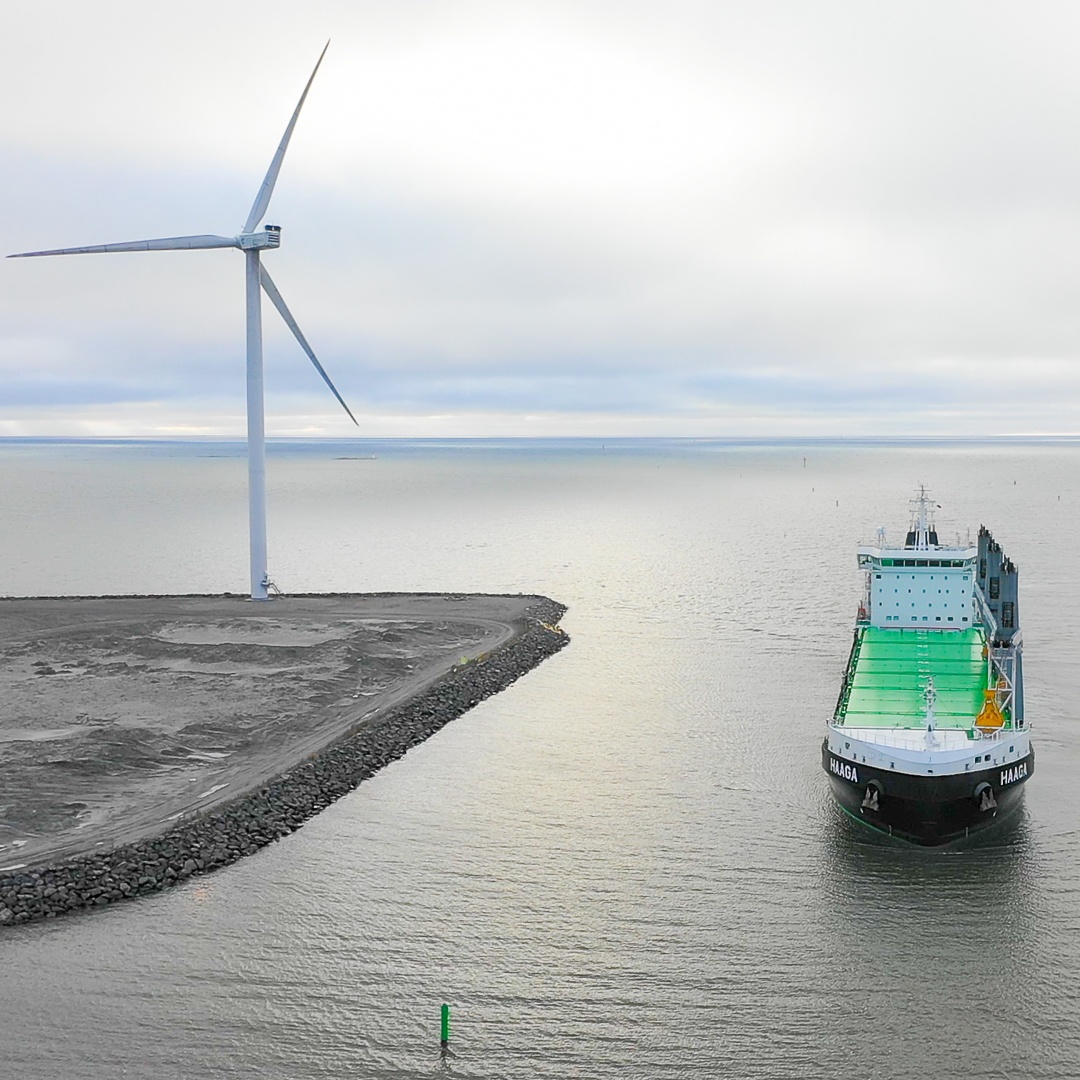Environmental responsibility
Shipping is regulated business.
New global sulphur limit
New decade saw new, more stringent environmental regulations coming into force. Starting from 1st of January 2020, sulphur limit will decrease from 3.5 percent to 0.5 percent globally. As a group, ESL Shipping is well prepared to the change as most of our fleet operates only within European SECA-area, where sulphur limit has been 0.1 percent since the beginning of 2015. The change mainly affects supramaxes Arkadia and Kumpula which operate regularly in ocean traffic where 3.5 percent HFO has been allowed. Those vessels which still have high sulphur fuel oil tanks must have tanks cleaned by the first of March 2020 unless vessel is equipped with exhaust gas scrubbers.
Carbon dioxide emissions are monitored and reported
A lot of emphasis has been devoted to the measurement and reporting of CO2-emissions. European Union introduced MRV-reporting in 2017 and data collection started 1 January 2018. MRV-reporting covers all voyages to and from EU ports regardless of the vessel’s flag. Verifavia has approved ESL Shipping’s system to collect and process the data and verifies it prior to submission. The vessel’s owner or manager is responsible for MRV-reporting. Therefore, our MRV-reporting covers only vessels owned and managed by ESL Shipping.
International Maritime Organisation IMO announced its target to cut 50 percent of CO2-emissions caused by shipping by 2050. IMO has introduced a data collection system (DCS) for reporting vessels emissions and the data collection started in the beginning of 2019. The reporting is mandatory for vessels over 5,000 gross tons.
Ballast water management convention
September 2019 marked important milestone in the implementation of the IMO BalIast Water Management Convention. In general, ships built before 8 September 2017 are required to have ballast water treatment systems installed in the first International Oil Pollution Prevention (IOPP) renewal survey. The aim of the convention is to prevent foreign marine organisms to transfer to new areas and harm local ecosystems. Ballast water is needed especially when vessels sail without cargo to maintain stability. It is also used when vessel is laden to maintain trim and to reduce stresses to the hull.
Our supramax-vessel Arkadia was dry docked in the summer and new United States Coast Guard-approved ballast water treatment system was installed to replace the original one which did not fulfil new regulations. In addition, both Viikki and Haaga are equipped with ballast water treatment systems. Ballast water treatment systems will be installed to other vessels in the fleet according to regulations during the coming dockings. A couple of problems has been encountered with new systems and experience is taken into account when new systems are ordered.
Hazardous materials to be listed
Inventory of Hazardous Material (IHM) and the EU Ship Recycling Regulation (EU SRR) requires that hazardous materials onboard the vessels are listed and samples are taken for laboratory analysis. The IHM quantifies and locates hazardous materials which are known to represent a potential hazard to people and the environment. The EU SRR requires investigation of 15 hazardous substances, while the IHM requires 13. The IHM shall be maintained and kept up to date until the end of the life-span of the vessel. For our fleet the IHM reports will be conducted by Promaris d.o.o., which is an approved hazmat company and a partner in previous successful new building projects. The IHM certification process shall be completed by September 2020 for the entire fleet.
